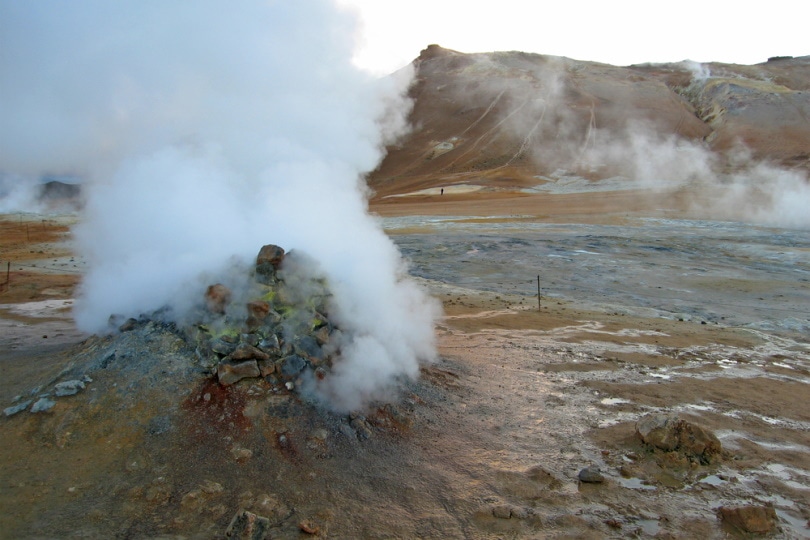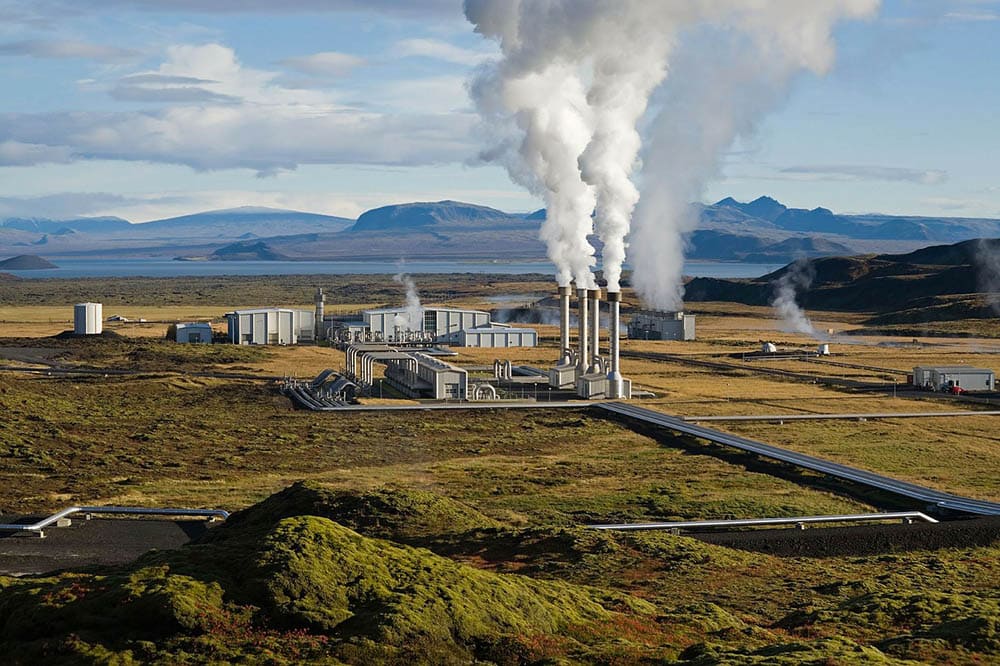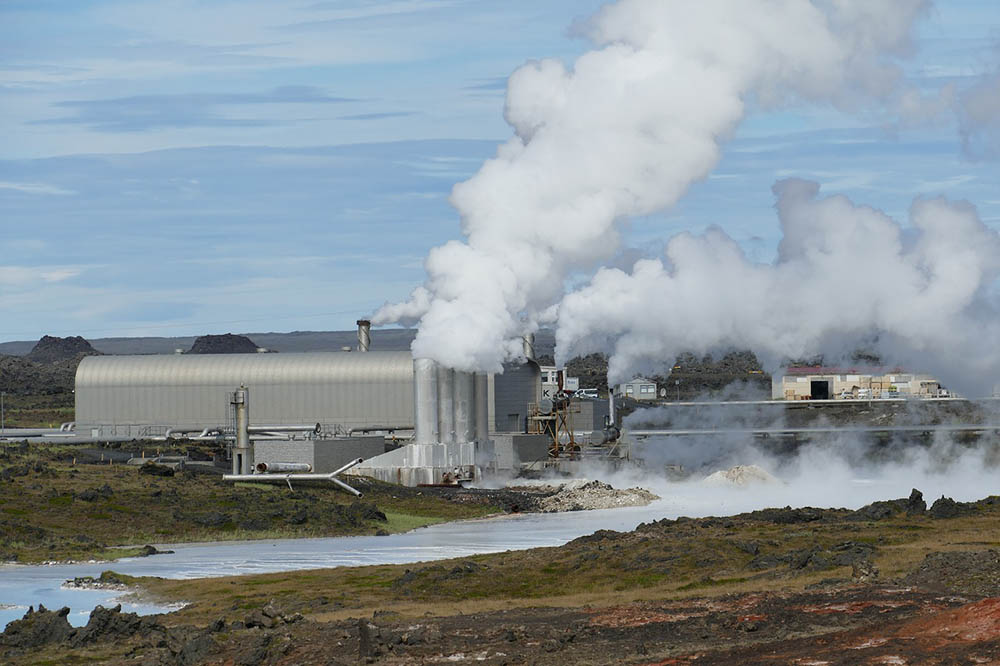Is Geothermal Energy Renewable? Pros, Cons & FAQs
-
Visnja Radosavljevic
- Last updated:

More and more people are looking to live a greener life and use renewable sources that won’t harm the planet. You’ve probably heard about solar energy, wind energy, and hydropower, but did you ever think about using geothermal energy?
The heat within the earth itself represents geothermal energy—it is renewable since the earth constantly produces heat inside of it. Due to its convenience, people worldwide use geothermal energy for electricity and heating.
Keep reading to find out more about where geothermal energy comes from and would it work for you and your household.
How Is Geothermal Energy Created?

Geothermal energy comes from the earth’s core, the sub-surface where rocks and fluids absorb magma. It heats them, making warm water that people all over the world can use. To make power from geothermal energy, you need to dig up a deep well that will access hot water and steam to generate electricity.
There are three geothermal plant types:
- Flash: Uses hot water under high pressure and turns it into cold water with low pressure that drives a turbine.
- Binary: Passes the hot water through a different liquid that has a lower boiling point, turning it into a vapor that drives a turbine
- Dry-steam: Takes the steam from the ground to drive a turbine and produce energy.
The Benefits of Using Geothermal Energy

The most significant benefit of geothermal energy is that it’s renewable and doesn’t harm the planet. It’s sustainable and inexpensive and over 20 countries in the world use it. The biggest producers of geothermal energy are the USA and Iceland.
Another great thing about geothermal energy is that it’s carbon-free, so you don’t have to worry about your carbon footprint. Also, unlike solar and wind power, which are not always available, geothermal energy is endless and always available.
The Disadvantages of Geothermal Energy
Of course, there’s no such thing as a perfect energy source, and even geothermal energy has some disadvantages. Although it’s inexpensive, digging up wells and exporting from the site can be costly. Also, although geothermal energy does not produce carbon, it still releases emissions such as hydrogen sylphide and sulfur dioxide.
The power plants that you need to produce energy can also cause tremors in your area due to explosions, and not every country has the resources to produce it.

The Environmental Impacts of Geothermal Energy
Geothermal energy is clean as it doesn’t require the burning of fossil fuels. Also, no liquids or air emissions are discharged when the geothermal plants work. Most of the minerals and salts that you can find in geothermal fluids go back to the reservoir under the ground.
Still, geothermal plants can produce sludges or solid materials that sometimes need disposal, although you can extract and sell some of them.
Conclusion
Yes, geothermal energy is renewable. Geothermal energy might sound a bit more complicated than some other renewable energy sources, but it could benefit both you and the planet. The investment costs are a bit high, but there’s no worry about not having enough energy, as geothermal energy is available 365 days a year.
Featured Image Credit: N.Minton, Shutterstock
Contents
